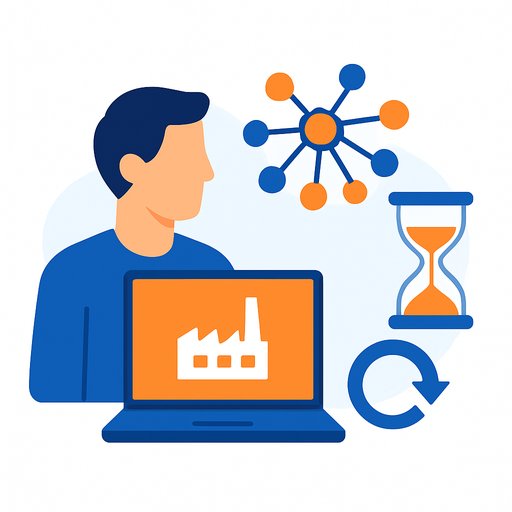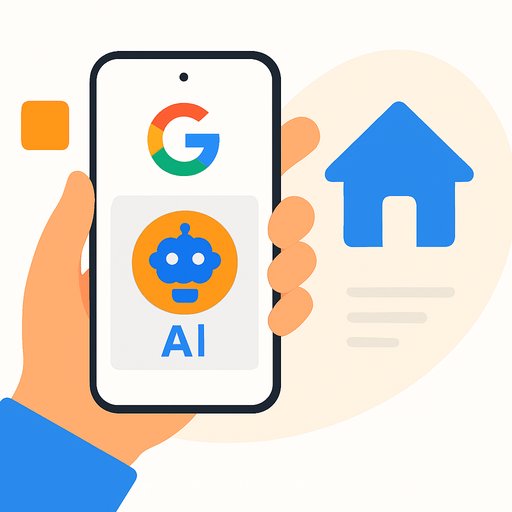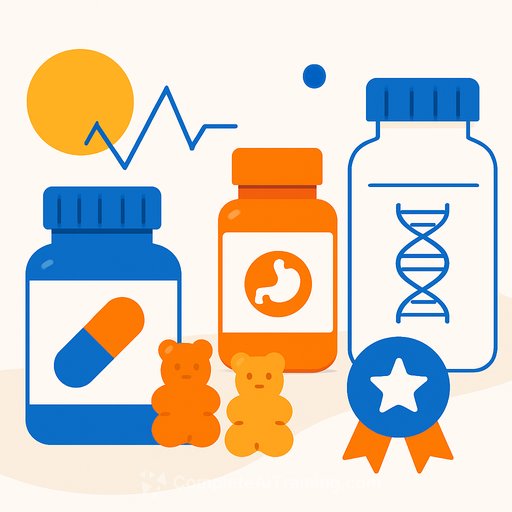AI-driven Streamlined LCA lets product teams assess impact in days, not months
A team at the Singapore University of Technology and Design (SUTD) has introduced a faster way to run life cycle assessments (LCA) using AI, 3D modeling, and existing databases. Published in Proceedings of the Design Society, the method compresses months of work into a week and keeps accuracy close to full assessments.
Why this matters for product development
Design choices lock in most environmental impact. Yet LCA is often too slow and expensive to influence early decisions. Teams struggle with missing supplier data, unclear energy use, and limited guidance, so choices get made in the dark.
This approach brings timely, credible signals into concept and prototyping phases-where changes are still cheap.
How the SLCA method works
- Pinpoint hotspots: AI scans product structures and secondary datasets to identify the components and stages that drive most impact.
- Extract facts from CAD: 3D models provide basic characteristics like weight and volume for key parts.
- Map to likely processes and materials: AI correlates part attributes with common manufacturing routes and selects representative data from sources such as Ecoinvent.
- Run a focused LCA: Fewer inputs, faster iteration, results close to a full study.
As one researcher put it, the method builds on prior knowledge to focus on what matters most rather than demanding every last detail.
What they measured
Case: a small electronic hearing aid. The conventional LCA took three months and needed 86 data inputs. The streamlined method took one week and 26 inputs-a ~70% cut in inputs and a >90% reduction in time-while averaging ~90% accuracy versus the full assessment.
"Beyond a certain point, more effort does not translate into much greater accuracy." That is the practical takeaway for teams working under tight timelines.
What your team can do now
- Use SLCA in concept and early design to compare materials, processes, and architectures; set impact targets before spec lock.
- Integrate with CAD/PLM to auto-extract geometry and mass; reduce manual data entry.
- Create a default library of common materials and processes for your product lines; calibrate with 1-2 full LCAs per line.
- Flag hotspots and iterate designs first; request supplier-specific data only where it will move the needle.
- Document assumptions, ranges, and data sources; share confidence intervals with stakeholders.
- Prioritize fast-cycle products (wearables, consumer electronics) where speed-to-insight matters most.
Limitations to keep in mind
- Best for early-stage screening and trade-offs, not for audited disclosures.
- Accuracy depends on database coverage and how closely your processes match typical industry routes.
- Custom materials, novel processes, or atypical end-of-life paths may require targeted data collection.
- Use full LCAs for final claims, compliance, and external reporting.
What's next
The SUTD team is expanding tests across more product types and improving usability. The goal: make environmental performance a standard input to design decisions from day one.
Paper venue: Proceedings of the Design Society.
If you are building AI skills for product teams, explore curated options by role: AI courses by job.
Source: Singapore University of Technology and Design
Your membership also unlocks:






